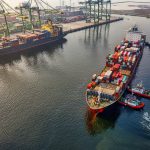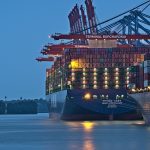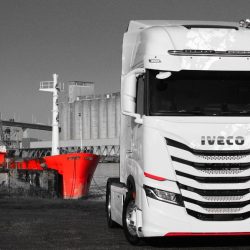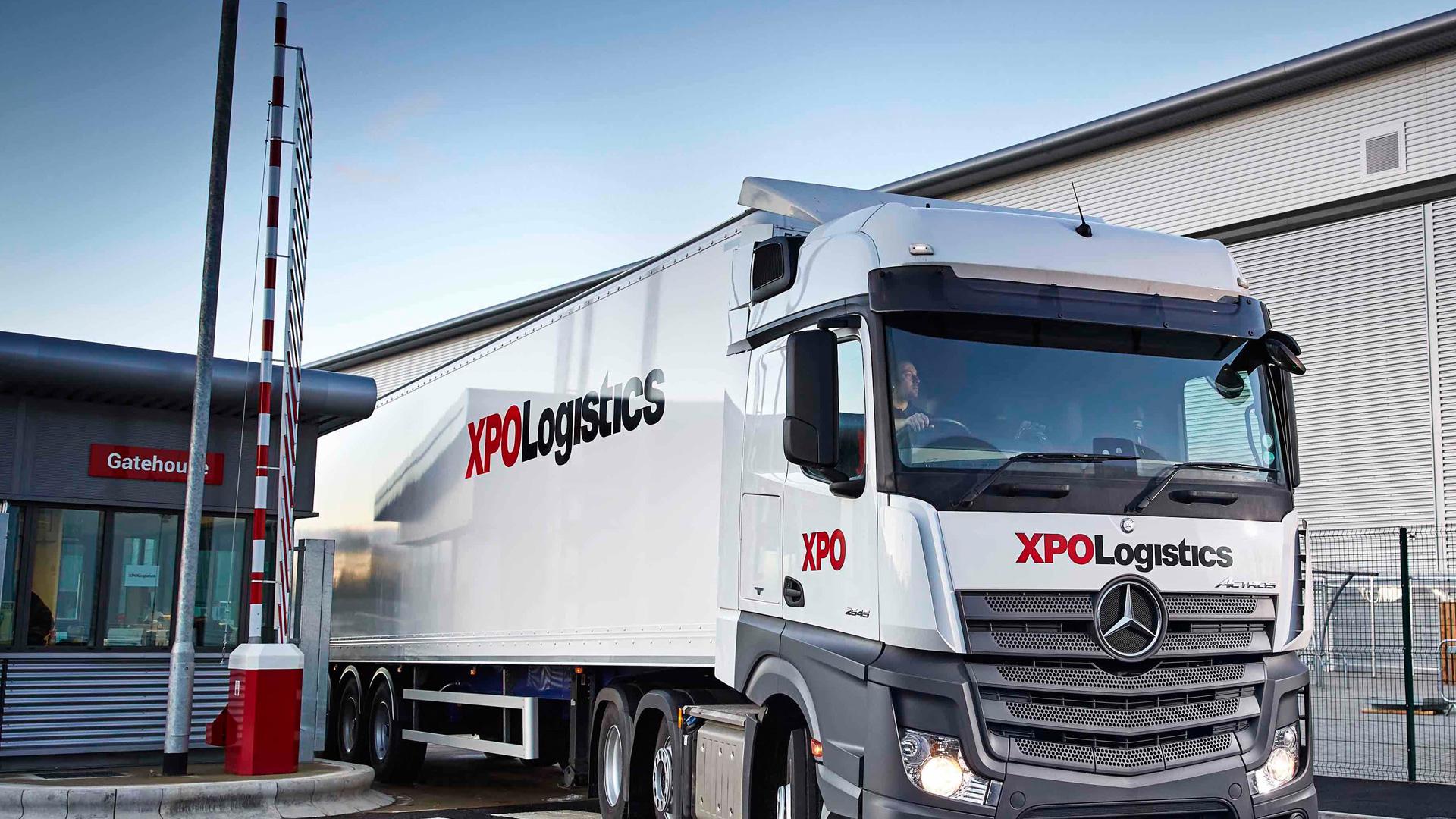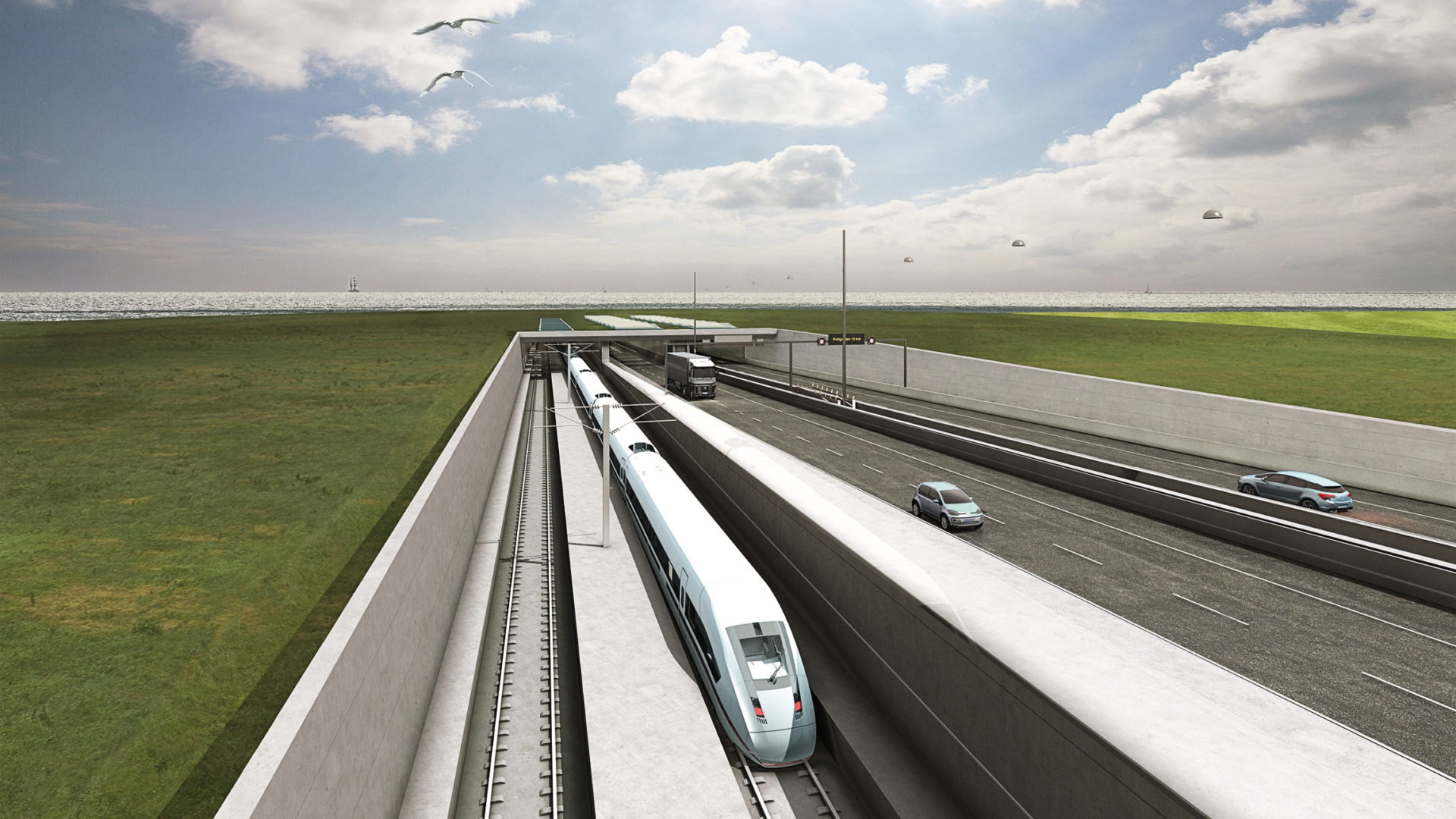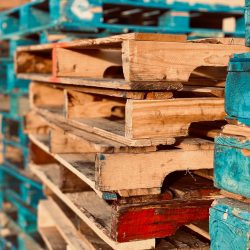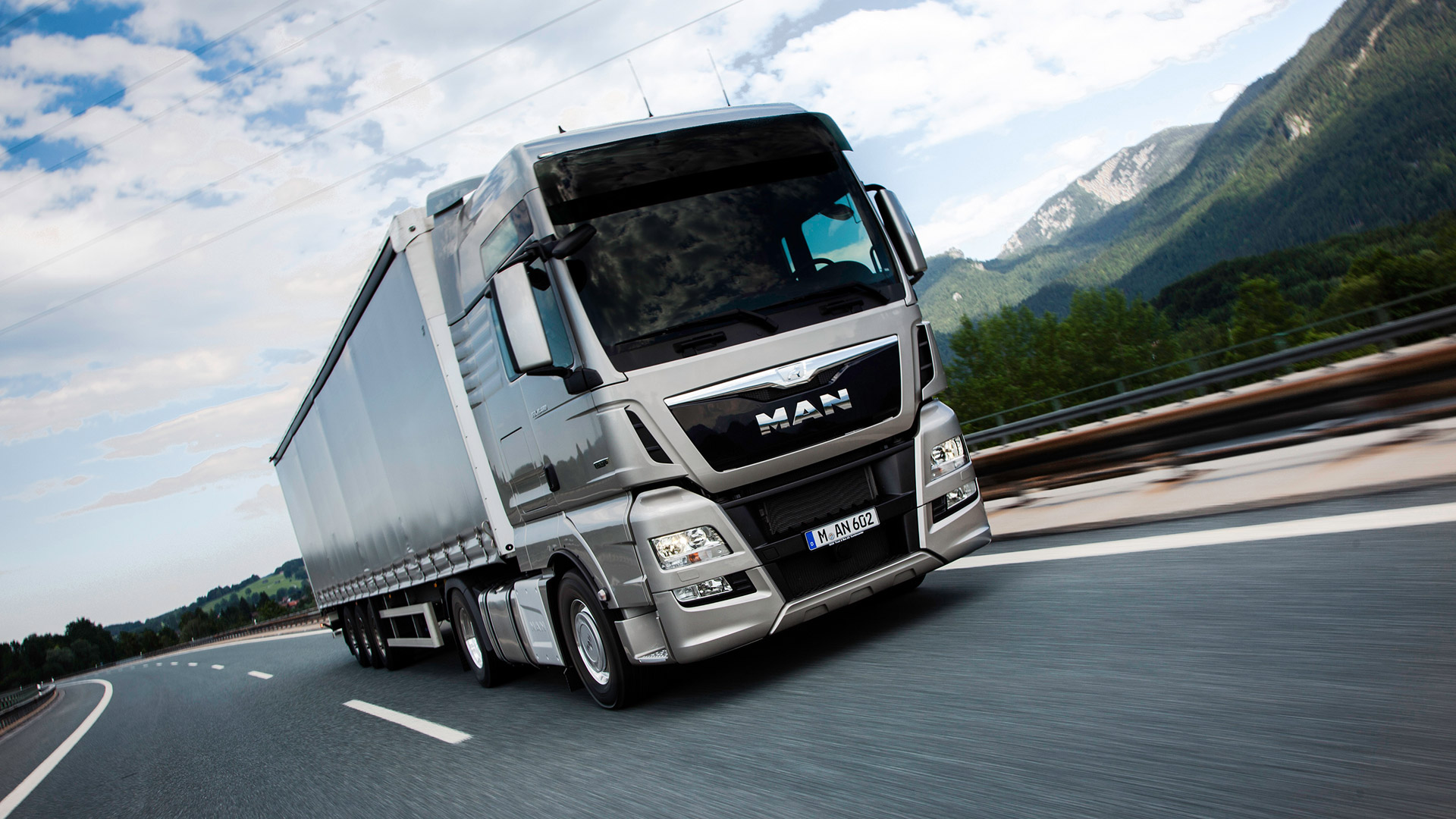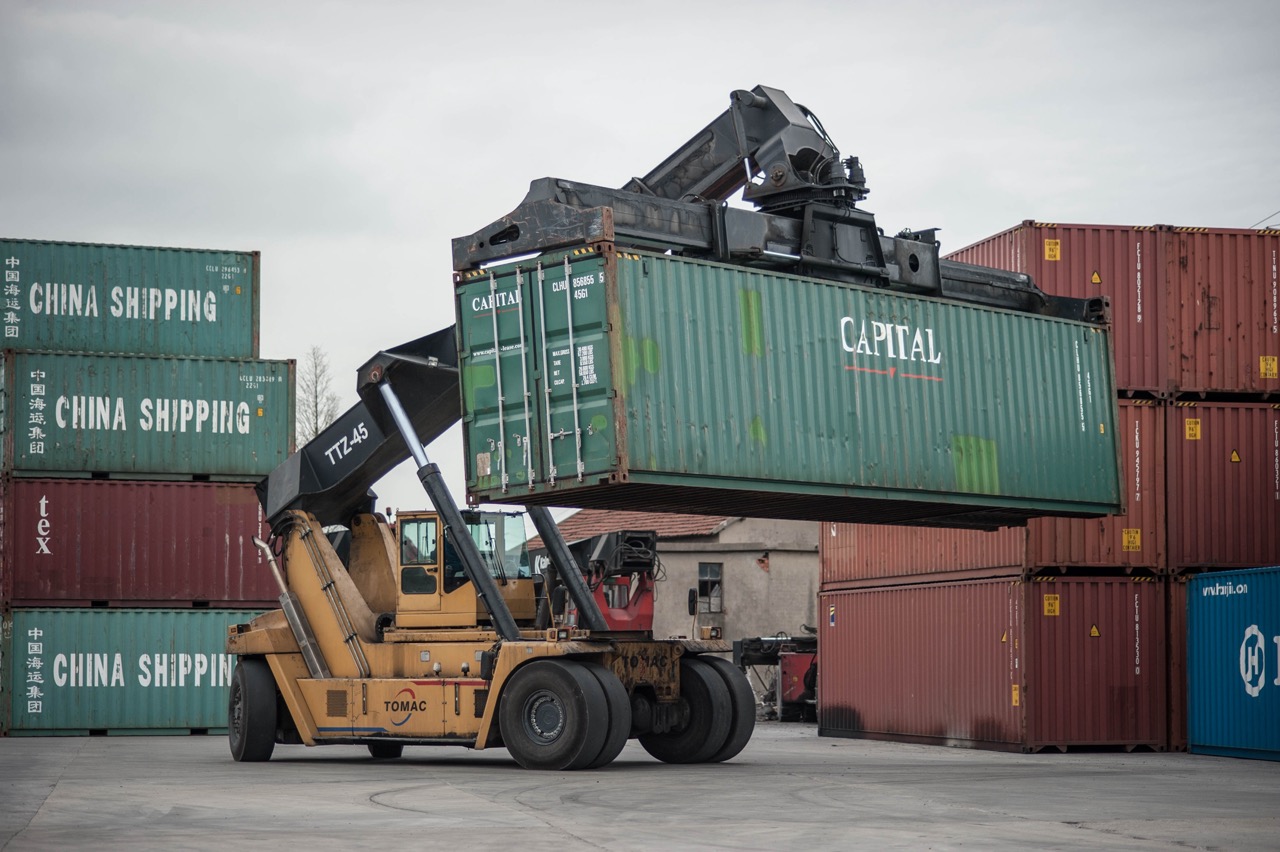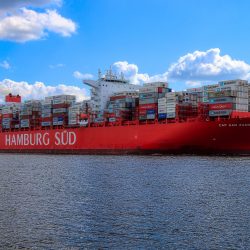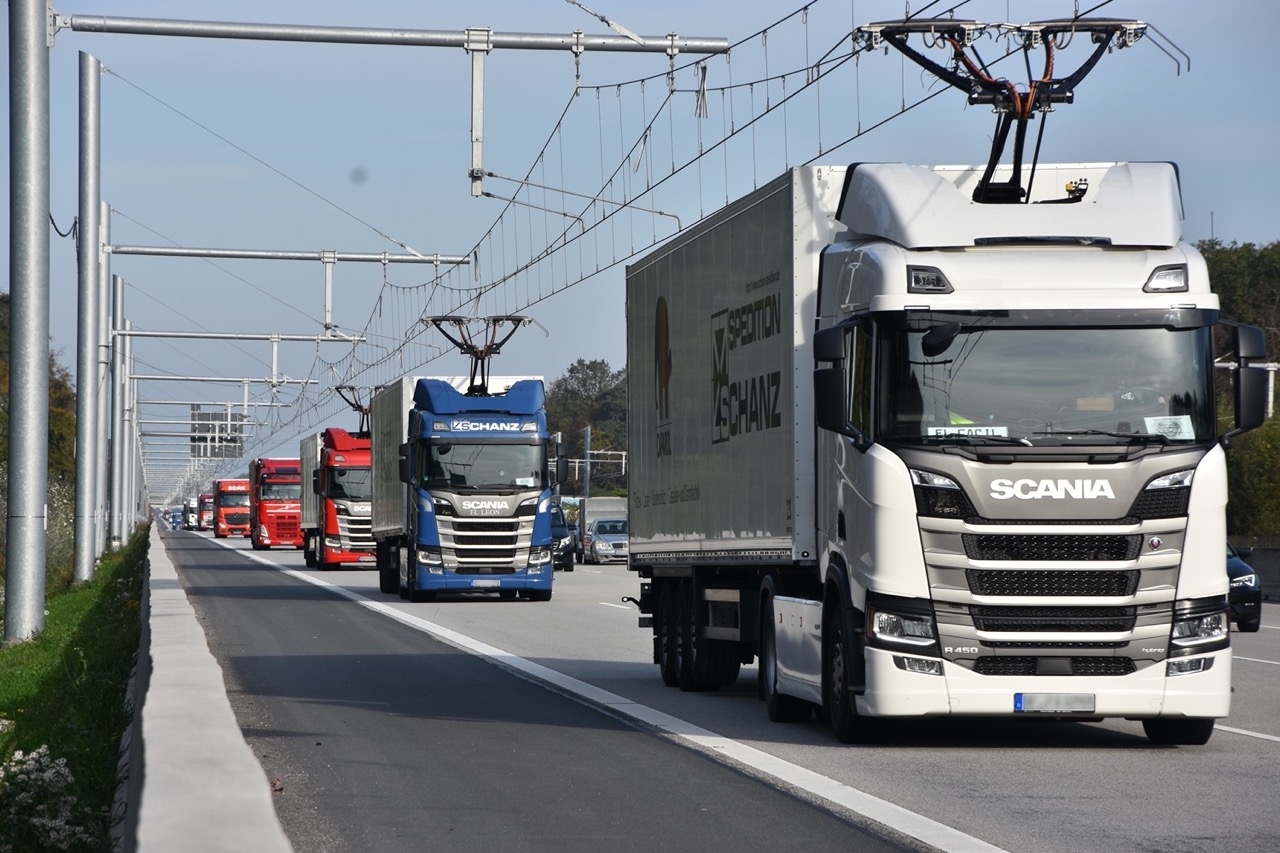What are the steps involved in reverse logistics
The reverse logistics involving couriers has existed for a long time, but only recently has it begun to receive the attention it deserves. More often than not, returns services are provided by drop-off points, but this option has a number of limitations.
The process of returning a purchase involves several steps:
1. The procedure begins with the buyer placing an order. He makes a request to the store, which in turn makes a request to the courier service. All this takes place via a personal account in a special application, and the parties exchange documents here. The main characteristics, in this case, will be the features of the goods and the ability to select the right cargo space and transport for it. Packaging is also important, whether it will be the buyer’s or the operator’s.
2. The second step is to prepare the warehouse for the receipt of goods, find the necessary packaging, and mark it with a barcode and shipping address.
3. Making the route of the courier. Most often, returns are entered into the plan as well as addresses for delivery. At the specified location, the courier receives the goods, for which he already has prepared packaging.
4. Once the merchandise arrives at the warehouse, it is subject to the same operations as unclaimed shipments. After checking the integrity of the goods and packaging, the warehouse prepares them for shipment. It should be noted that the packaging process is handled by the buyer at the meeting with the courier, the latter only hands over the necessary packaging. Therefore, the service and the warehouse have nothing to do if the store receives the wrong product in the right packaging – all claims are sent to the buyer.
5. The transfer of returns to the store in most cases is carried out at the same time as receiving new orders for delivery. In some cases, a separate route is made for returns.
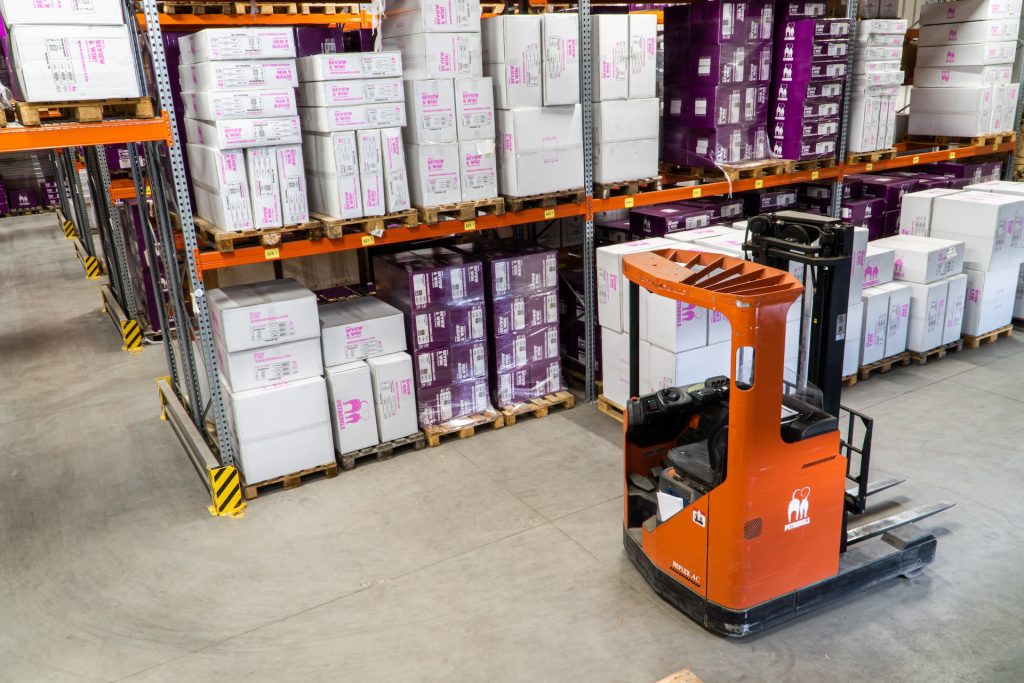
It should be understood that this type of service has a higher cost than the standard rates for delivering goods. In this case, the courier service has additional costs in the form of packaging, stickers for it, handling in the warehouse, and delivery to the store. Accordingly, returning the goods will cost the buyer more.
In order to make all processes transparent and understand their responsibilities, the courier service and the store make an agreement specifying all the nuances – insurance of the goods, type of packaging, specifics of transportation, etc. Moreover, the document should even indicate the rules for affixing labels, as it will protect both sides from fines. In addition, if a force majeure situation arises, it can be resolved with minimal damage.
Often difficulties occur because the buyer does not know the exact weight of the goods and does not take into account the need for special packaging. All of these points should be explained in the store when processing the return.


